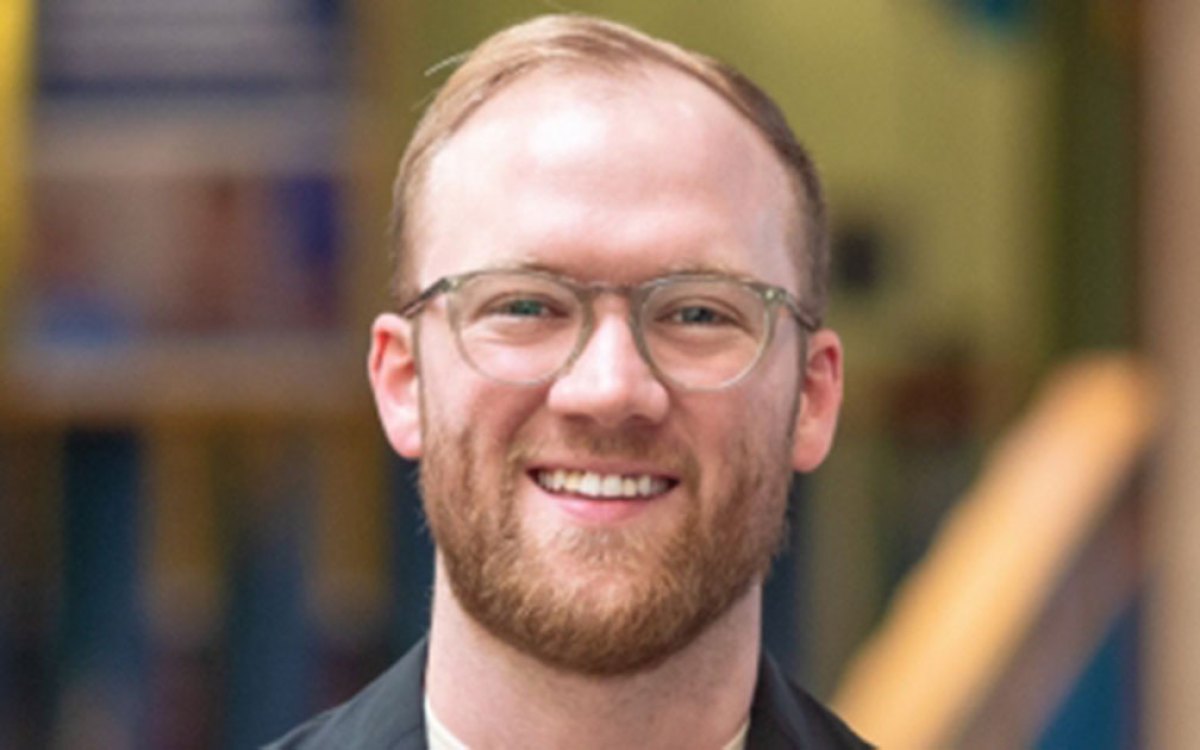Belfer Center still building new U.S.-Russia bridges
Since the 1950s, scientists and scholars from Harvard University have been building bridges between the United States and Russia to help prevent nuclear catastrophe. The early years focused on slowing the nuclear arms race. The last two decades have targeted the risks of nuclear proliferation and terrorism.
Carrying forward this legacy, specialists from Harvard Kennedy School’s Belfer Center for Science and International Affairs have launched three ambitious U.S.-Russian partnerships, designed to intensify action against nuclear terrorism and to safeguard the next wave of global nuclear energy expansion.
The three projects fall under the Belfer Center’s U.S.-Russia Initiative to Prevent Nuclear Terrorism, directed by senior fellow William H. Tobey, a former senior official in the U.S. National Nuclear Security Administration and a Kennedy School alumnus.
One major new effort is to produce the first-ever joint U.S.-Russian threat assessment of nuclear terrorism. Belfer Center specialists led by senior fellow Rolf Mowatt-Larssen have teamed with the Russian Academy of Science’s Institute of USA and Canada to write the assessment, aiming to fill a gap that became apparent during preparations for the Nuclear Security Summit hosted by President Obama in April 2010. Tobey said the absence of an informed consensus on the dangers of nuclear terrorism hinders the development of work plans to address the threat.
To focus high-level expert attention on this threat and related security issues, the Belfer Center initiated a second project, bringing together U.S. and Russian senior retired officers with military and intelligence backgrounds. The project’s creator, retired Brigadier General and current Belfer Center Executive Director for Research Kevin Ryan, says: “The purpose of the ‘Elbe Group’ is to establish an open and continuous channel of communication on sensitive issues that is not hindered by the ups and downs of U.S.-Russian political relations.”




